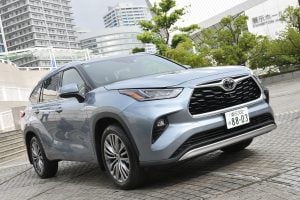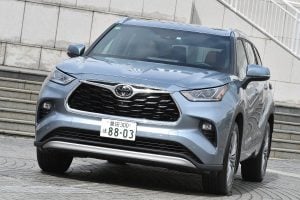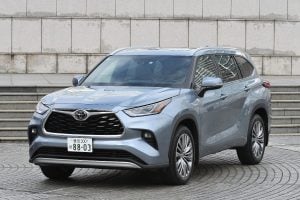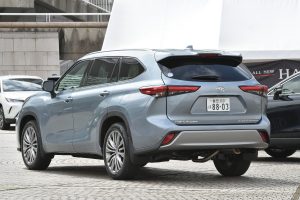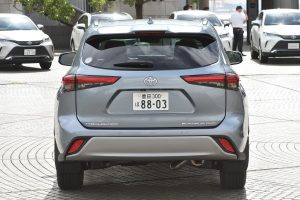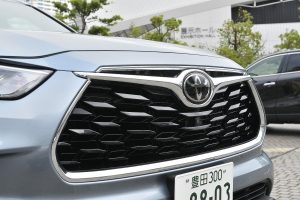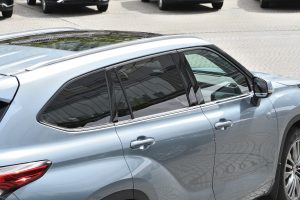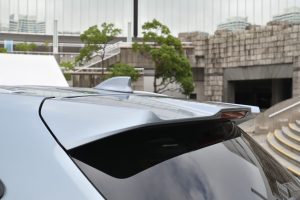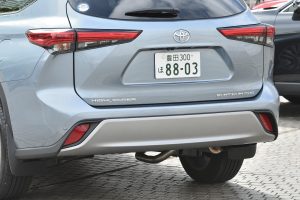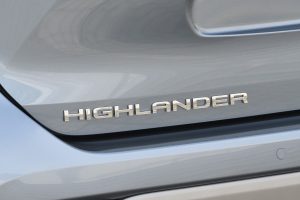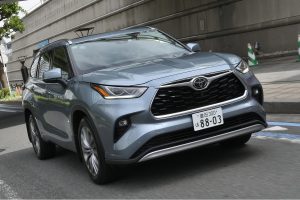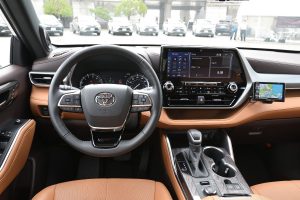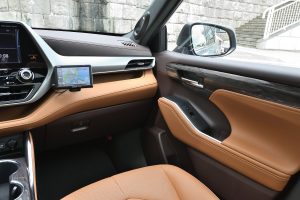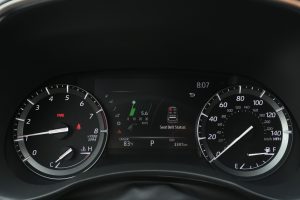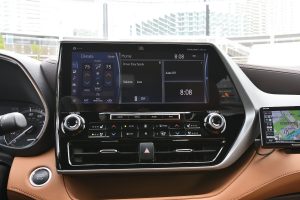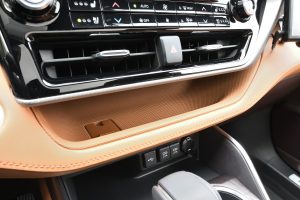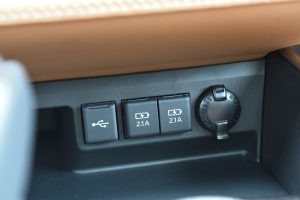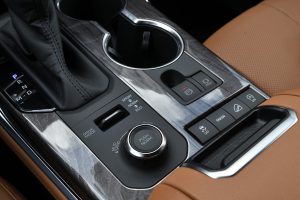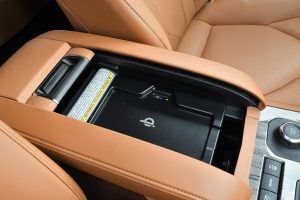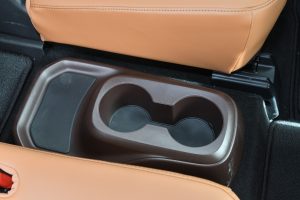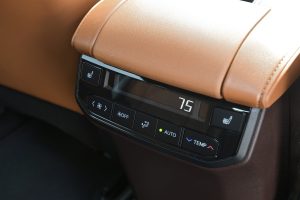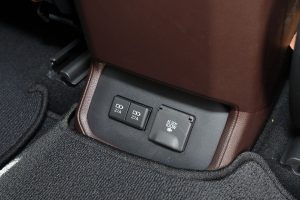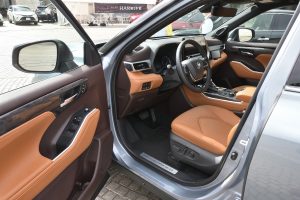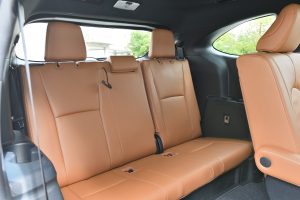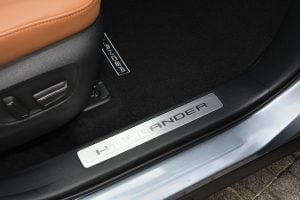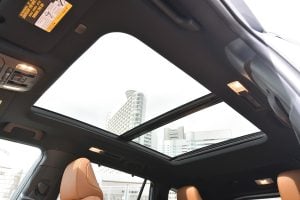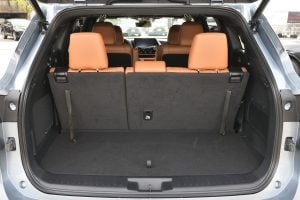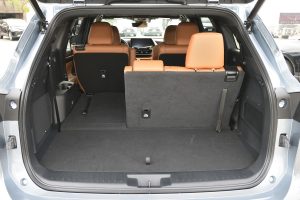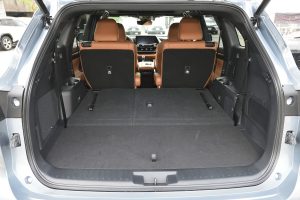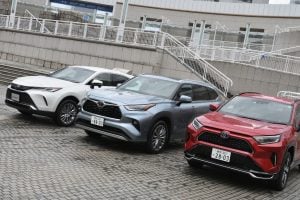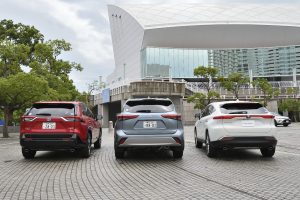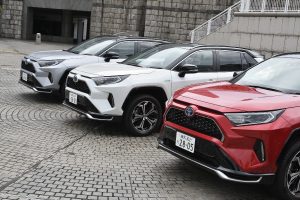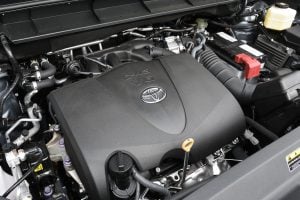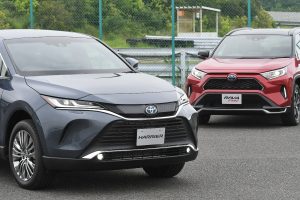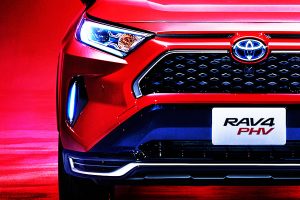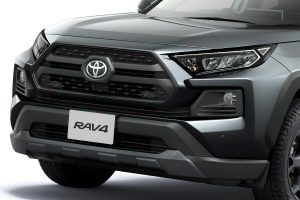While Toyota sells these three SUVs in the United States, its home market only has the RAV4 and Venza (Harrier in Japan).
Same platform, different characters
Nowadays, you see SUVs from all car brands. Every makers release a wide variety of SUVs day by day to suit different countries and needs.
As for Toyota, the RAV4 and Venza (Harrier in Japan) are the popular SUVs right now in the whole lineup but these two models actually have a sibling called the Highlander. Although the car is not available in Japan, this large SUV is currently sold in markets such as the United States and China. So, what are the differences between these three SUVs?
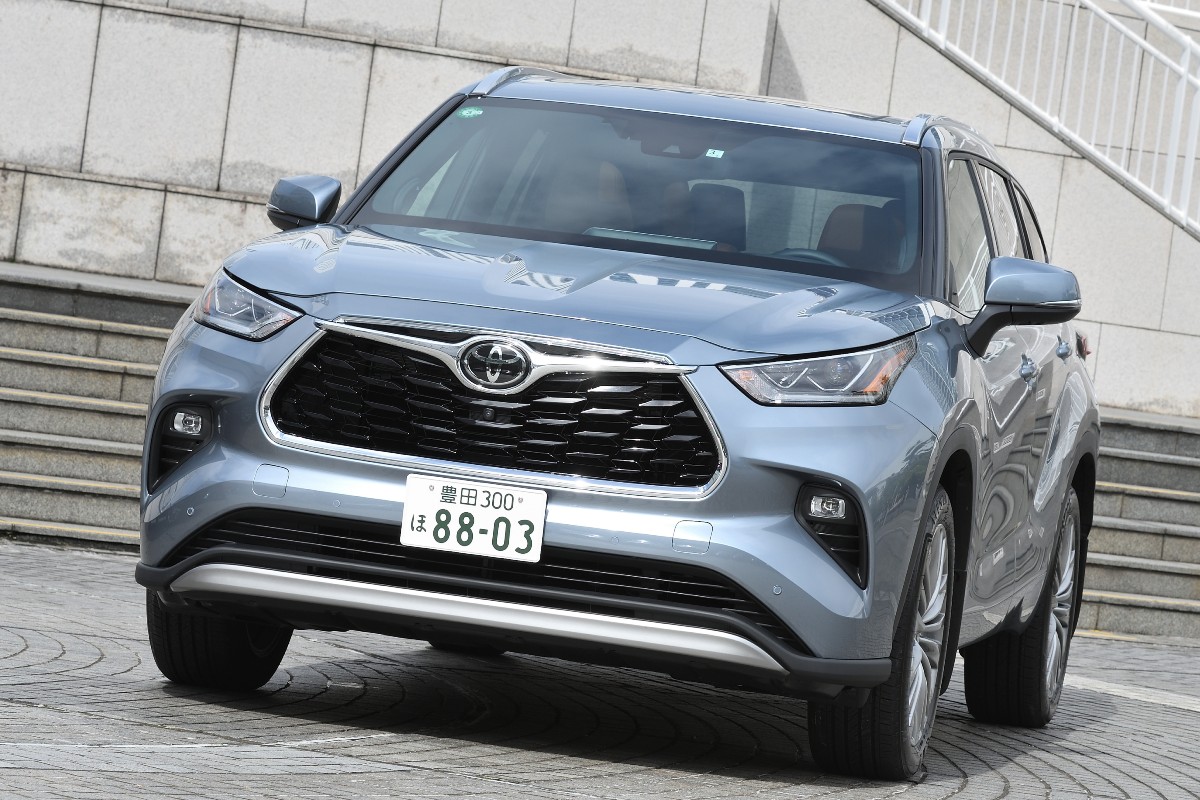
First, the basics. All models share the same Toyota GA-K platform. Other cars such as the Camry, Avalon, Sienna, and Lexus ES also adopt the same platform.
The first SUV to be launched from the family was the RAV4 in 2018. The Highlander followed in 2019 and the latest Venza in 2020. Toyota’s rugged off-roader has a body size of 180.9 inches in length, 73.0 inches in width, and 67.0 inches in height. The car combines an SUV-style strong look with a sophisticated line and has two different front fascia between a gasoline model and a hybrid model.
A bigger three-row Highlander has a body size of 194.9 inches in length, 76.0 in width, 68.1 inches in height, and Venza has 186.6 inches, 73.0 inches, 65.9 inches for each. As for the Venza, the car has become slightly compact in width and length when compared with the previous Venza.
How about the powertrains? The RAV4 is selectable between a 2-liter inline-4 gasoline and a 2.5-liter inline-4 hybrid /plug-in. Either a front-wheel drive or an all-wheel drive is available, but depending on trims, Toyota has set three types of all-wheel drive system.
For a normal gasoline model, the option would be a normal all-wheel drive system. But for the RAV4 Adventure, RAV4 TRD Off-Road, and Limited models, this AWD system becomes the TV-AWD (Dynamic Torque Vectoring All-Wheel Drive) system, which independently controls the rear wheel torque in addition to the front/rear torque distribution depending on certain driving conditions. And when in a situation where the car does not need all-wheel drive, the system automatically cuts off power to the rear axle to improve fuel efficiency.
An electronic all-wheel drive system is for the hybrid models. The system is capable of controlling torque distribution on both axles. Thanks to this system, improved stability is provided to the driver when launching uphill in snow or rain.
While the RAV4 only has inline-4 engines, the Highlander comes with a 2.5-liter inline-4 hybrid and a 3.5-liter V6 gasoline. The top model also comes with the same torque-vectoring AWD as the RAV4. When compared to the previous generation, a smoother ride has been established by improved agility and turning performance with tuned shocks.
The Venza only has a 2.5-liter inline-4 hybrid in the United States, but for Japan, a 2.0-liter inline-4 gasoline is also available. A previous model for the Japanese Harrier used to have a 2.0-liter turbo model but was discontinued with the update.
Only the all-wheel drive hybrid is available for the Venza but a front-wheel drive is also an option for both hybrid and gasoline in Japan. Toyota put effort into making the body lower and more rigid to provide an excellent driving experience.
As you see, despite these three models all having the same platform, their size, seat layouts, and ride qualities are all different from each other.
“These three cars share the same platform but each has its own theme.” Sadakazu Saeki, Chief Engineer, explains the different perspectives of each model.
“With outstanding off-road performance and the world’s first dynamic torque vectoring AWD, the RAV4 emphasizes being a true SUV perfect for going on an adventure.”
“The Highlander was rather designed to be used by parents. In the North American market, parents head to work after seating their kids in the second or third row for sending them to schools. So unlike the RAV4, this car is more like a people mover rather than a rugged off-roader.”
“And last, the Venza. This model was developed as an SUV that is totally different from any other car. Designed without any know-how we earned when we designed the other two, this car is aimed to be an SUV beyond all SUVs.”
“The Japanese model of the Venza, Harrier, has always been an SUV that is more focused on being beautiful and gorgeous, rather than splendid all-terrain performance.”


